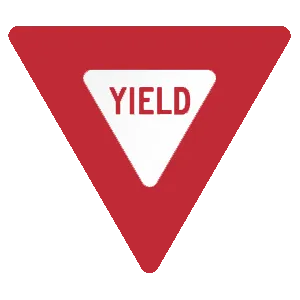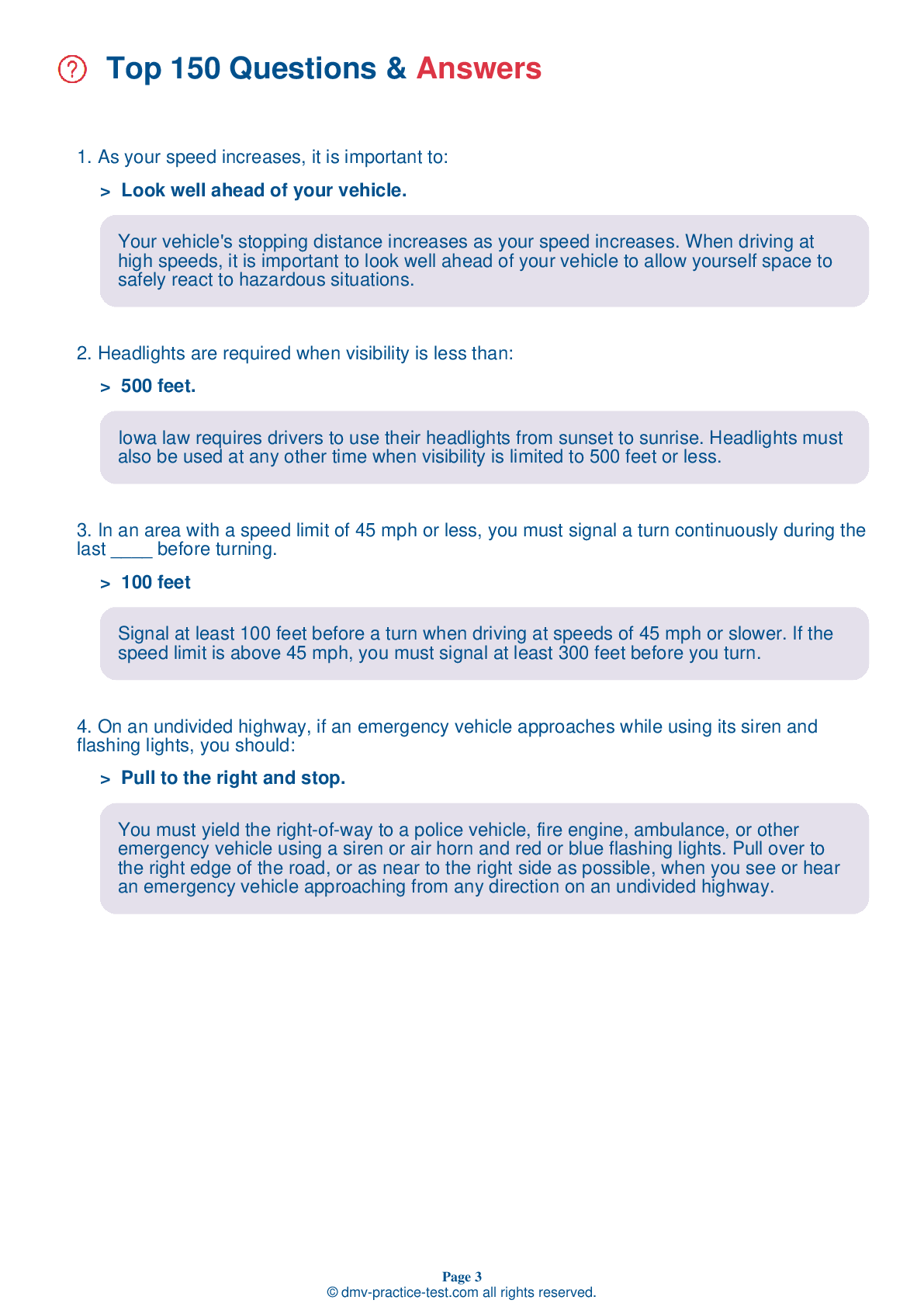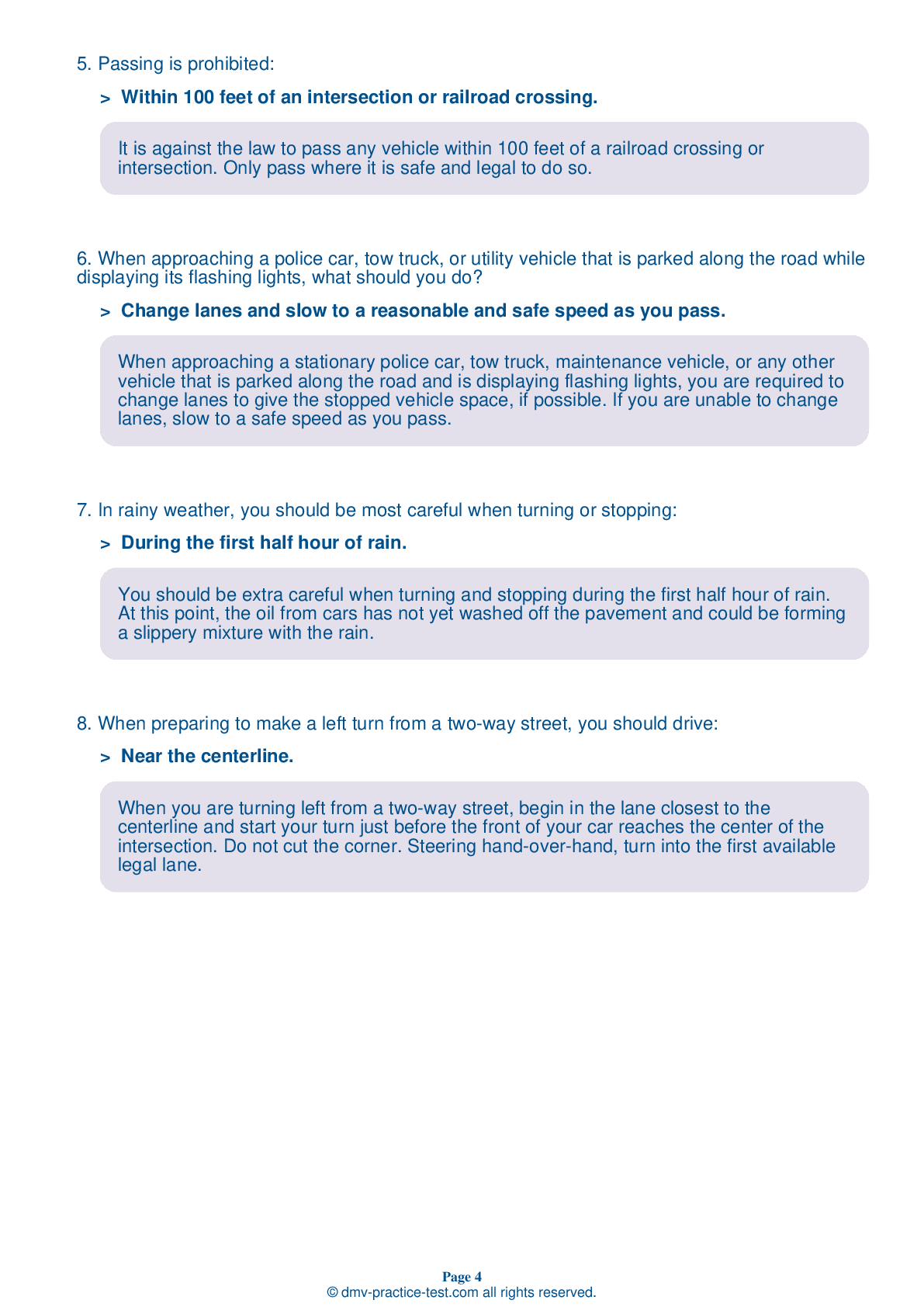FREE Iowa DMV Practice Test #24
The DMV practise tests in Iowa have been updated for January 2025. It comprises questions based on the most important traffic signals and legislation for 2025 from the Iowa Driver Handbook. To study for the DMV driving permit test and driver's licence exam, use actual questions that are very similar (often identical!) to the DMV driving permit test and driver's licence exam.
Each question on the practise exam has a tip and explanation to help you recall the ideas. Questions about traffic rules, traffic signs, and driving statutes, as well as information from the Driver Handbook, will be included in the written portion of the official Iowa DMV test.
You must properly answer 28 of the 35 questions to receive a passing mark. To help you prepare for your Iowa instruction permit or driver's licence, take our DMV practise test.
The DMV exam is offered in a variety of languages.
Using any form of testing help will result in an automatic fail, and the DMV may take further action against your driver's licence, so avoid it.
1 . This sign tells a driver that:
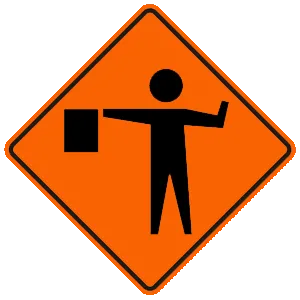
This sign warns that there is a flag person ahead. Always follow directions given by a flagger. Flaggers normally wear orange or yellow vests, yellow-green shirts, or bright jackets. They use paddles and red flags to direct traffic through the work zone and to let workers or construction vehicles cross the road.
2 . This road sign means:
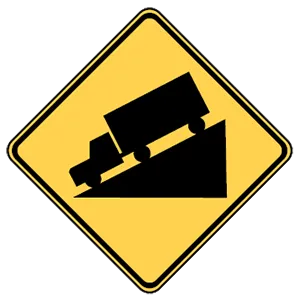
Warning signs provide notice to road users of a situation that might not be readily apparent and are usually yellow with black markings. This sign warns drivers of an upcoming steep hill. Drivers should adjust their speed accordingly to avoid collisions and brake damage.
3 . This road sign means:
